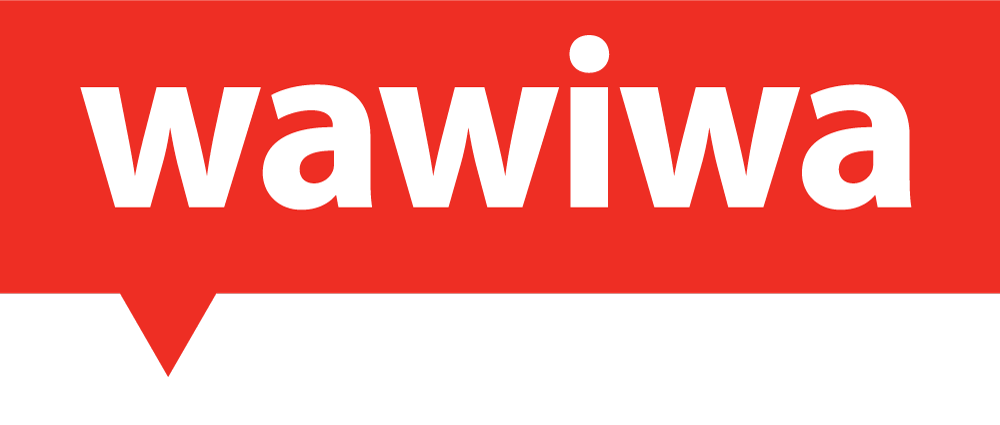Choosing the right material didáctico can make or break a university’s training program. With so many options on the market, it’s easy to fall into common traps that lead to wasted budgets, frustrated instructors, and disengaged students. From flashy platforms that don’t deliver, to skipping vital support and training, even top institutions can get it wrong. The good news? These mistakes are avoidable with the right insights.
This blog discusses the top 5 mistakes universities make when buying courseware and how to avoid them.
What is Courseware, and Why Universities Choose It
Courseware refers to pre-developed educational materials that support teaching and learning. It can include interactive lessons, videos, quizzes, lab simulations, instructor guides, and assessments. These ready-to-use learning resources are designed to align with specific academic or vocational outcomes, helping instructors deliver consistent and engaging learning experiences across different cohorts.
Many universities prefer to purchase courseware rather than build it from scratch – and for a good reason. Developing high-quality educational content in-house takes significant time, expertise, and ongoing effort. It’s not just about creating slides or PDFs; it involves instructional design, subject matter validation, multimedia production, and continuous improvement. For many institutions, buying courseware offers a faster, easier, and more scalable solution.
Cost is also a major factor. Maintaining an in-house course can cost around $7,500 per year just to keep content current and relevant. This doesn’t even include the initial development costs, staff hours, or the tech infrastructure needed to deliver it effectively. In comparison, licensing professionally developed courseware often provides better content at a lower long-term cost and frees up internal teams to focus on teaching and student support.
Even with the best intentions, universities often make missteps when selecting courseware. Here are the top five pitfalls to watch out for and how to avoid them.
1. Prioritizing Features Over Pedagogy
It’s easy to be dazzled by flashy interfaces and high-tech features. But if the courseware doesn’t help students truly understand and apply what they’re learning, it misses the point. A sleek dashboard won’t matter if students are bored or confused.
Tip: Ask for a demo or trial and test it with real instructors and students. Look for content that is clear, engaging, and structured around learning objectives. It should include real-world examples and hands-on practice. Choose platforms that prioritize practical learning and outcomes, not just appearances.
2. Ignoring Instructor Support and Training
Courseware is only as effective as the people using it. When universities skip onboarding or fail to provide proper support for instructors, adoption rates drop and frustration rises. Faculty need guidance.
Tip: Choose a provider that offers dedicated instructor training, onboarding, and ongoing support. Ask about help desks, live training sessions, and teaching guides.
3. Choosing One-Size-Fits-All Solutions
What works for one discipline or audience may not suit another. Many institutions buy generic courseware that doesn’t reflect the unique needs of their programs, students, or local context, leading to a mismatch in expectations and results.
Tip: Look for customizable or modular courseware that can adapt to your specific academic goals, student demographics, and local market needs.
4. Overlooking Content Updates and Maintenance
Educational content can quickly become outdated, especially in fast-moving fields like tech. Some courseware providers rarely update their material, leaving students with stale or inaccurate information.
Tip: Review the syllabus in detail. Does it include modern, in-demand topics like Generative AI? Choose a provider with a proven track record of keeping materials current.
5. Focusing Only on Price
Budget constraints are real, but going for the cheapest option can backfire. Poor-quality content, lack of support, or limited customization often result in higher costs in the long run – both financially and reputationally. When students are disappointed, they leave bad reviews, request refunds, or drop out altogether. Faculty may also push back if the platform is hard to use or doesn’t meet academic standards. And for institutions looking to grow, a weak learning experience can hurt your brand and limit future enrollment.
Tip: Consider total cost of ownership, not just the sticker price. Factor in the long-term value of high-quality content, responsive support, positive student outcomes, and your institution’s reputation. A slightly higher investment up front can save you far more down the line.
Avoiding these common mistakes can save your institution time, money, and frustration, while delivering a far better learning experience. The right courseware should empower instructors, engage students, and stay relevant. By asking the right questions and looking beyond surface-level features, universities can make smarter, future-proof decisions. Choose wisely, and your courseware will become a true asset.
Proveedor de cursos: Wawiwa Tech en el punto de mira
Wawiwa es un proveedor global de educación tecnológica que ofrece Programas de reciclaje y cursos de perfeccionamiento – through universities and training centers – tailored to the latest industry trends. It offers reskilling programs for high-demand roles such as Desarrollador Full-Stack, Analista de datosy Analista de ciberseguridadasí como cursos de perfeccionamiento en ámbitos como AI, Desarrollo de software, Análisis de datosy Ciberseguridad.
Como proveedor de cursos, Wawiwa ofrece programas de estudio completos, listos para enseñar, que incluyen planes de lecciones, proyectos prácticos, guías del instructor, evaluaciones y acceso a plataformas digitales de aprendizaje. Cada programa se construye utilizando la tecnología de Wawiwa Metodología JET Design, which ensures a hands-on, job-effective training experience. Built by industry professionals for immediate implementation, the programs reduce time-to-launch while ensuring strong learning outcomes and real employability. Wawiwa’s programs have a proven success rate, with 70% de licenciados que consiguen un empleo en tecnología a los dos meses de terminar sus estudios.
Wawiwa apoya a sus socios con materiales de marketing, actualizaciones continuas de los planes de estudios para reflejar los últimos cambios del sector y formación de formadores para garantizar que los instructores estén bien equipados para impartir una formación tecnológica atractiva y eficaz.
Wawiwa adapta todo el material didáctico a las necesidades específicas de cada alumno. socio, working closely with a local advisory committee composed of industry leaders. This ensures the curriculum is globally relevant and locally aligned – maximizing impact for both students and institutions.



